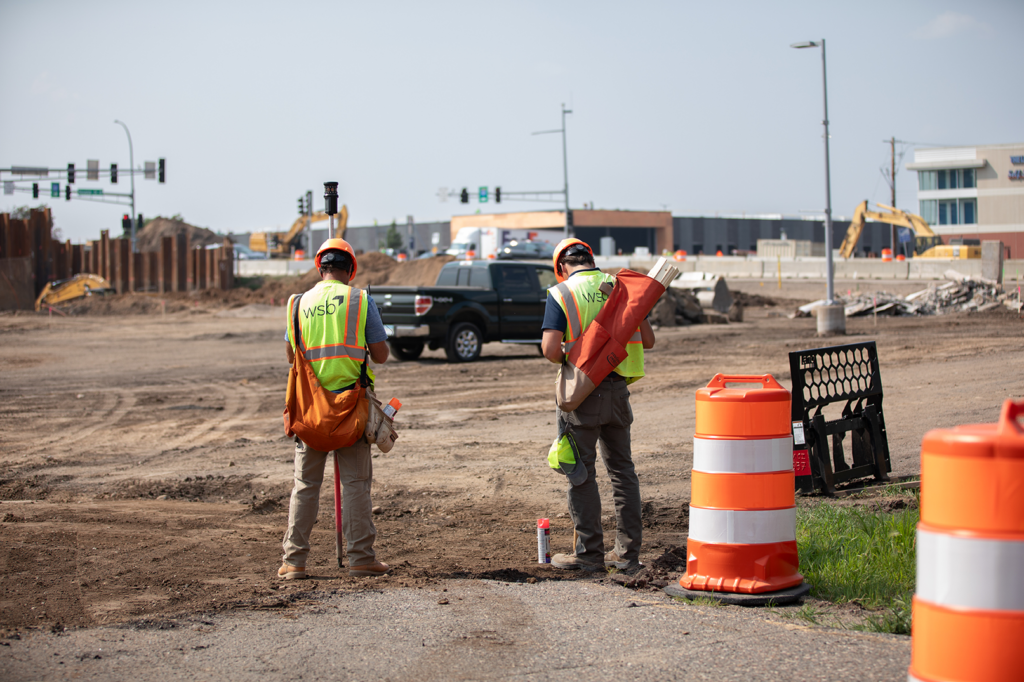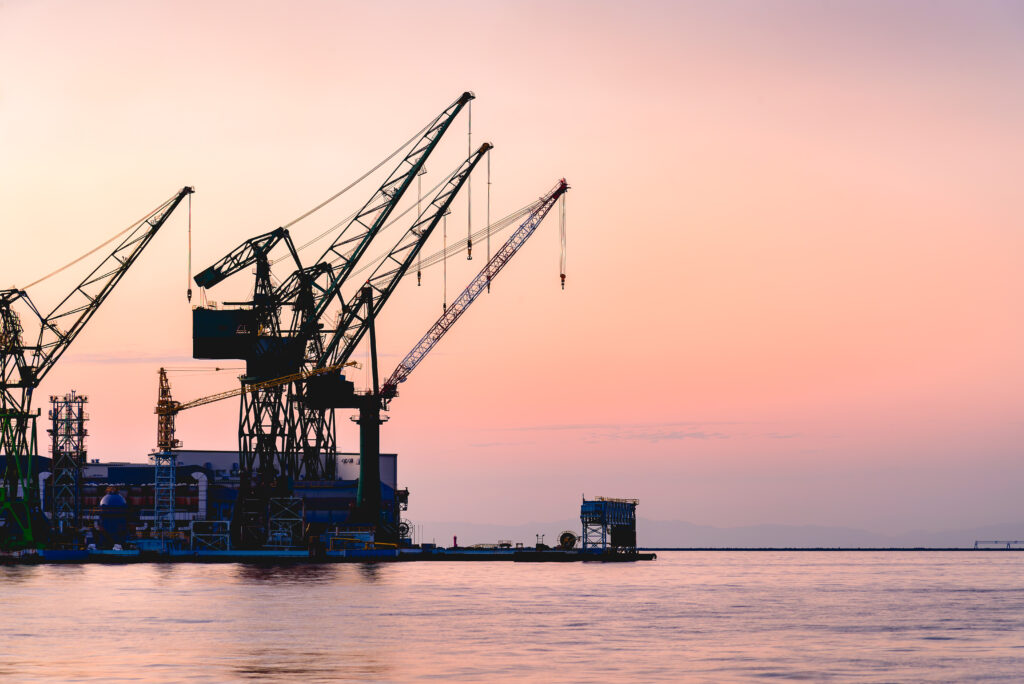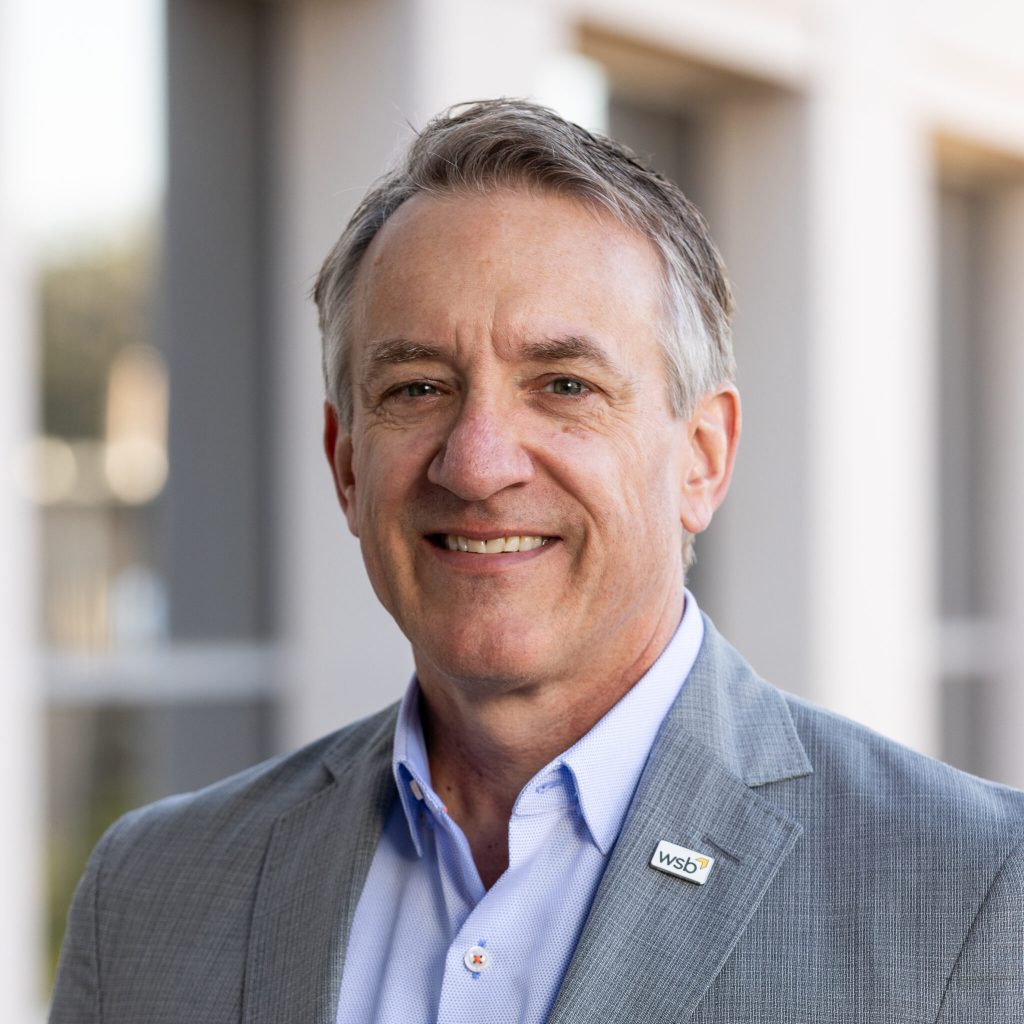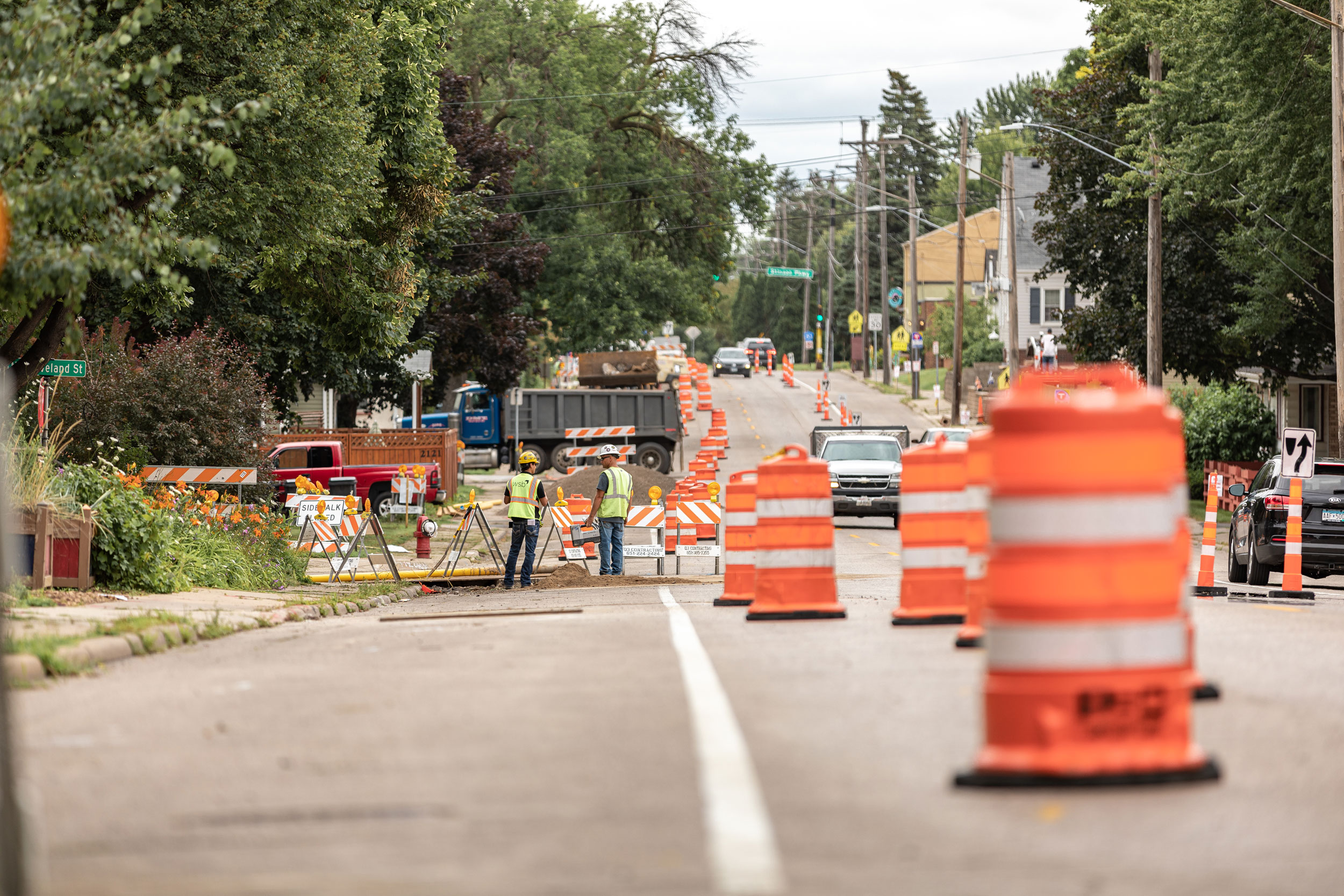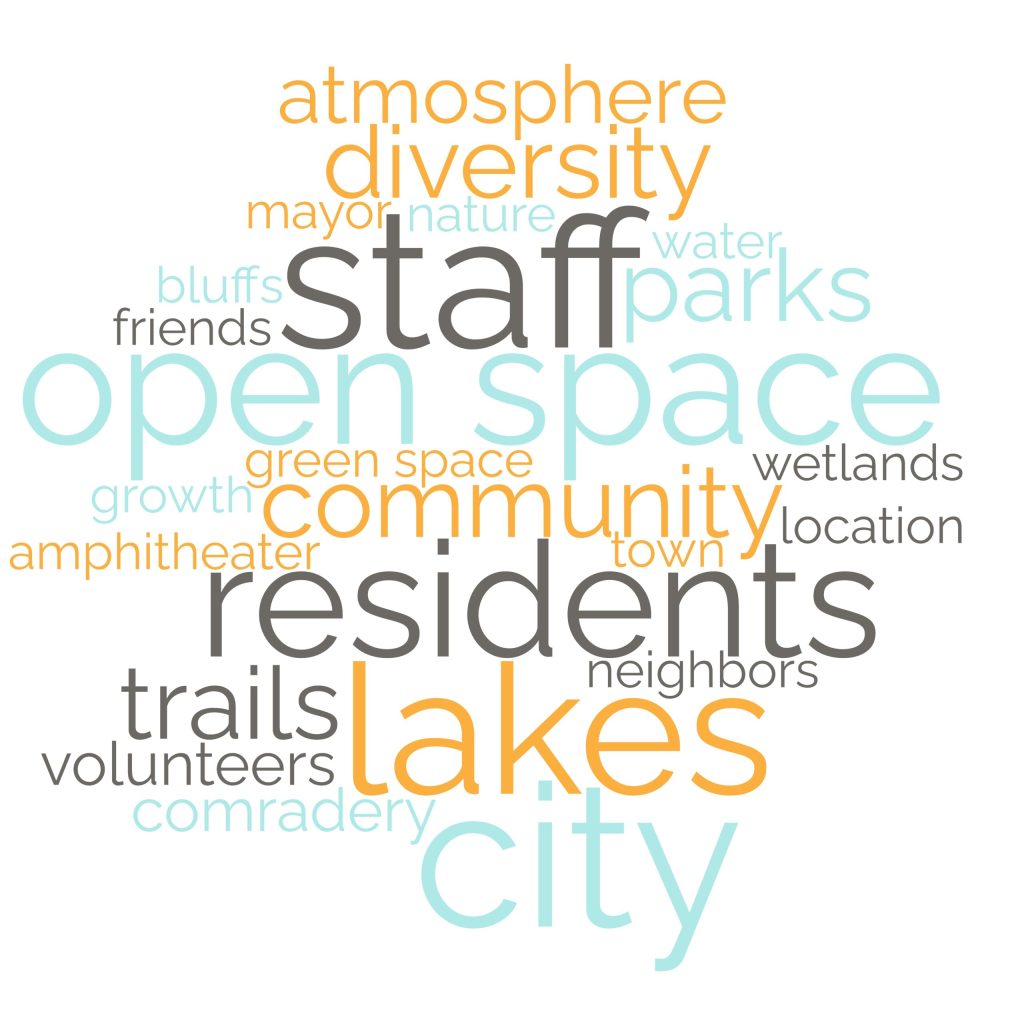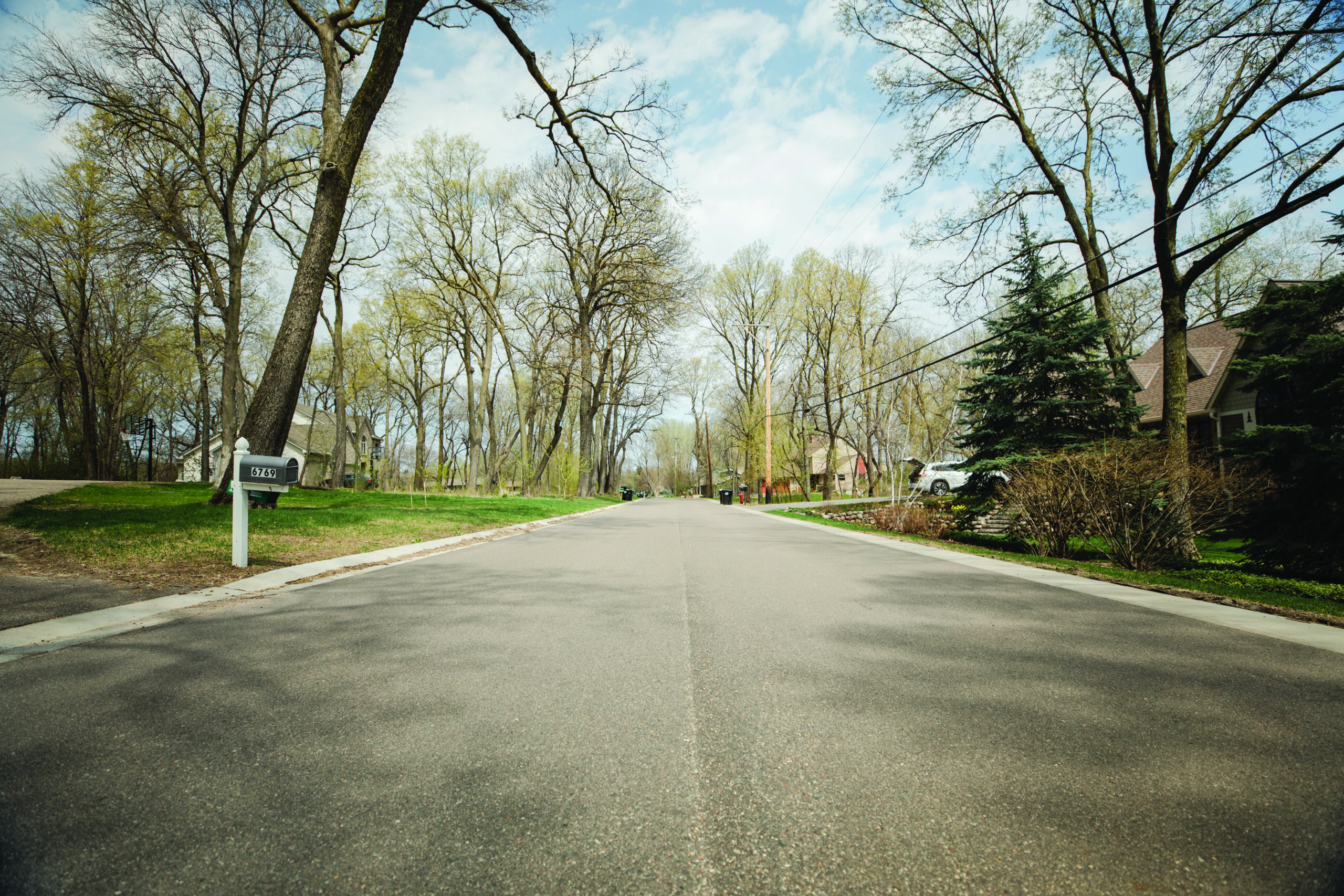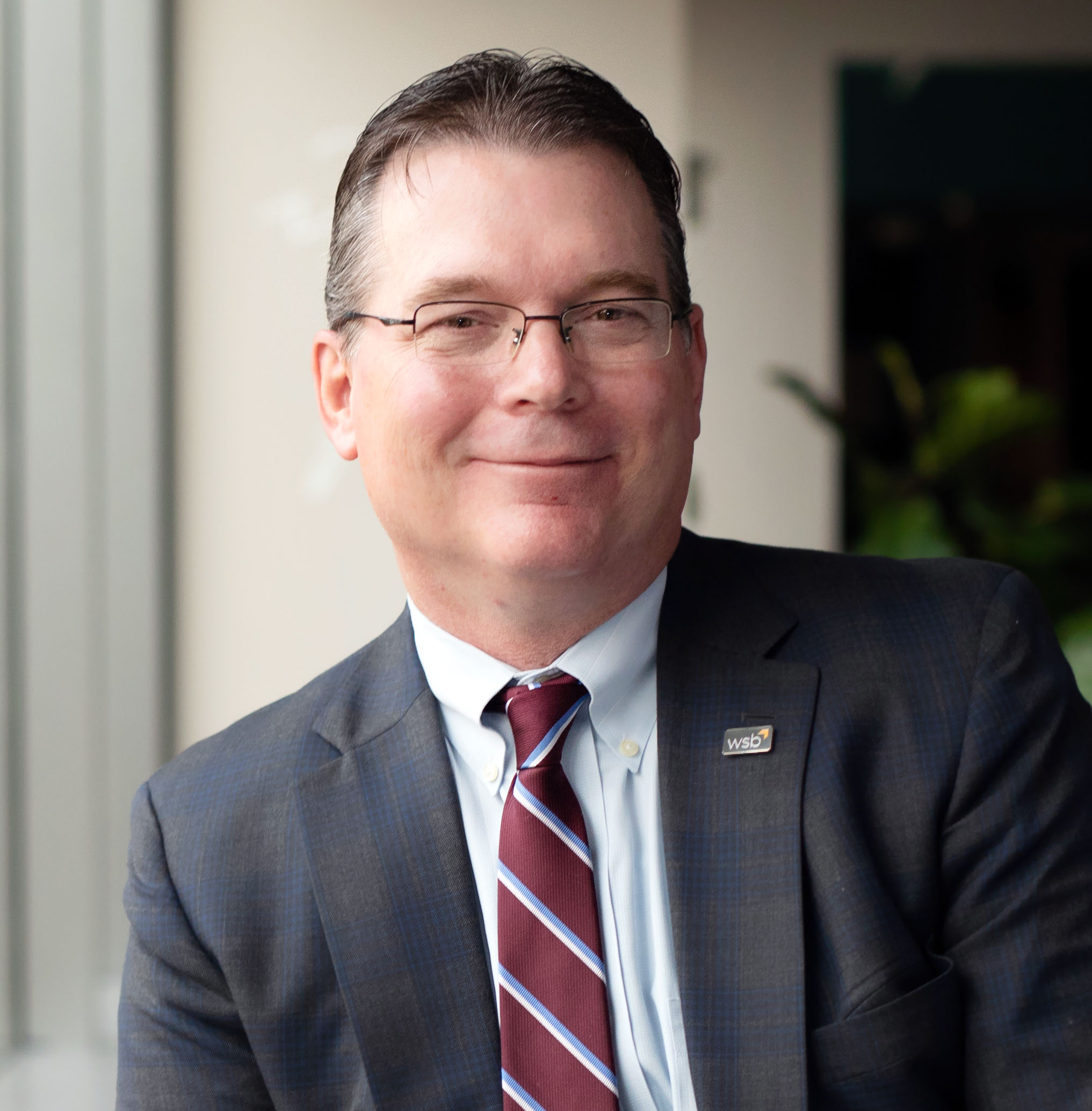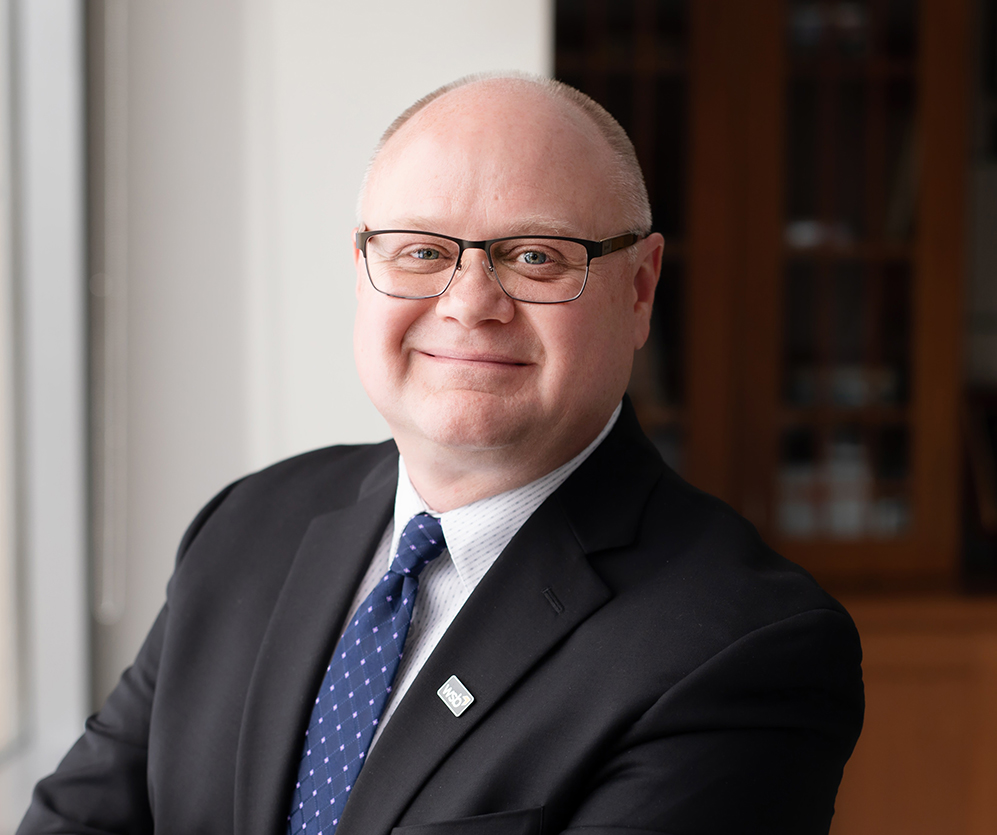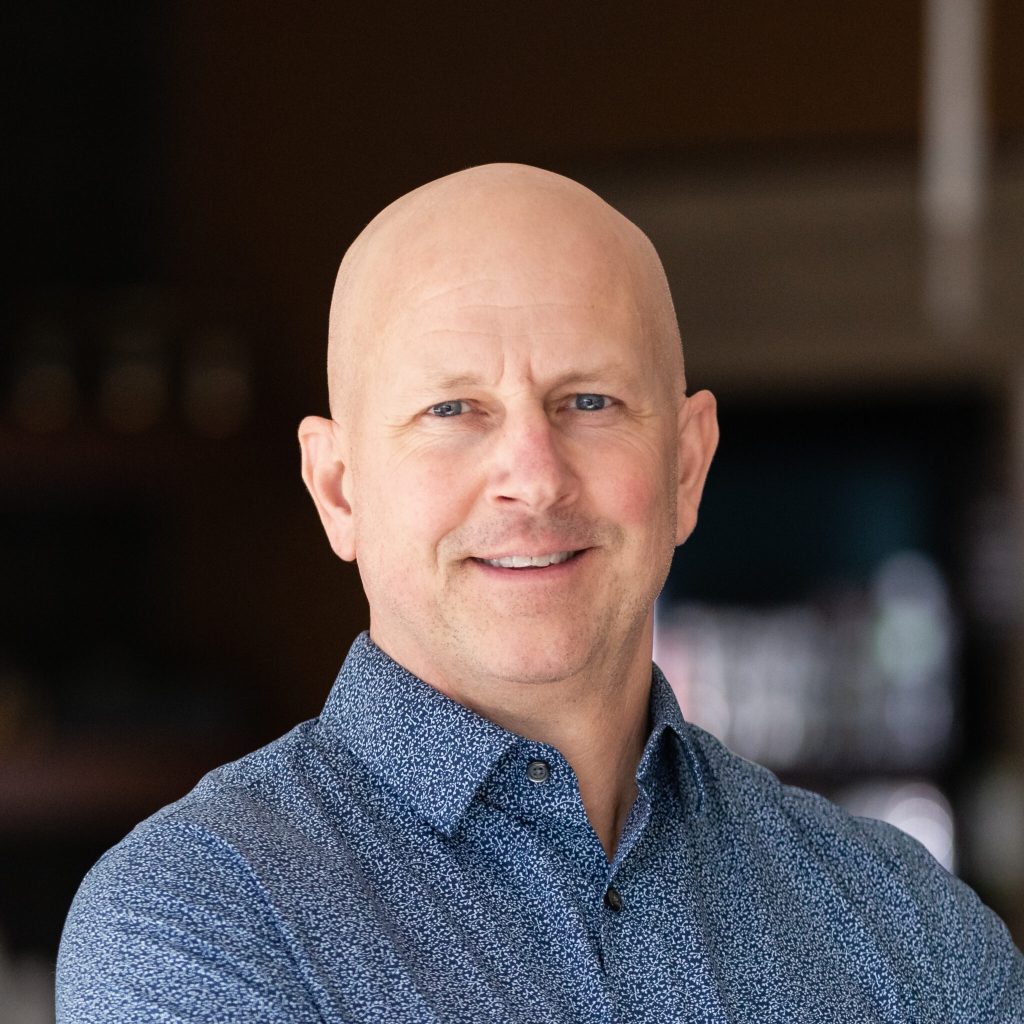
December 18, 2023
Monica Heil is the Vice President of Municipal services at WSB. Monica has been serving Minnesota communities for over 20 years. She leads the delivery of our Municipal Services in the Upper Midwest market, developing expertise, improving project management processes and creating efficiency among our teams. Her experience managing projects through construction allows her to see how final design decisions impact an agency’s system, and how we must proactively develop communication strategies to keep project stakeholders informed.
Q: WHAT FACTORS DO YOU BELIEVE HAVE CONTRIBUTED TO THE GROWTH OF WSB AS WELL AS THE EXPANSION OF OUR COMPANY?
Culture is a prominent factor in contributing to the growth of WSB. When I first joined WSB in 2010, I was impressed with not only the technical expertise we had within the company but the willingness of every employee to pitch and leverage their expertise to contribute to a solution. From the start, I was able to collaborate with others across the company when delivering projects. This was good for our team internally; to be able to depend on one another and build that sense of trust. Externally, our internal collaboration benefits our clients as well, by increasing the potential for project success and providing the best possible service and solutions.
Q: WHAT MAKES WSB DIFFERENT FROM OTHER AEC FIRMS?
WSB’s curiosity and commitment to continuously improving the way we do things is what makes WSB different from other AEC firms. WSB could do the same thing day-in and day-out, but we are always looking for opportunities to improve upon and expand our service offerings to best serve our clients, both today and in the future.
Q: WHAT ARE THE BENEFITS OF BEING A CONSULTANT ENGINEER?
We work on a variety of projects and have many technical experts on our team. The depth of our technical expertise from around the country allows WSB, as a consultant engineer, to contribute to the highest quality work product for our clients.
Q: WHAT OPPORTUNITIES DOES WSB PROVIDE TO STAFF THAT ARE DIFFERENT THAN OTHER COMPANIES?
Our access to leadership is a differentiator. Everyone in our company can engage with our leaders, and that expedites professional development within the company. We have created a number of leaders within WSB due to the accessibility of other leadership and the mentorship that provides.
Q: HOW DOES OUR IMPACT ON THE COMMUNITIES WE SERVE PLAY A ROLE I N RECRUITING TALENT?
The impact we have on the communities we serve plays a huge role in attracting and retaining talent. I can think of very few professions where you can physically see the impact you have on the communities you serve. At WSB, we can look around and see exactly what we are doing – from safer transportation to clean drinking water and improved sustainable practices. So much of what we are doing is not only for today, but also for tomorrow, and it is extremely rewarding to be able to contribute to our future in that matter.
Q: WHAT ADVICE DO YOU HAVE FOR STAFF THAT WANT TO GROW THEIR CAREERS AND BECOME A LEADER?
I would encourage staff to find a way to say “yes.” Find a way to say “yes” when you are unsure or uncomfortable with how you are going to perform because it will lead to great opportunities. Professional development and growth are going to come out of circumstances where you may be uncertain about what the future brings, but through those opportunities you will find professional growth not only for yourself but for others that want to grow their careers. Find a way to say “yes” and encourage others to do the same thing.
Q: WHAT OPPORTUNITIES DO YOU SEE AT WSB FOR CAREER GROWTH AND DEVELOPMENT?
Since day one we have been a company that has supported an individual’s passion in their technical and service delivery. There will be opportunities for any individual that wants to pursue innovative ideas that benefit our clients and our projects. No career path is going to be a carbon copy of the leader that went before them, and we have done a great job of helping our staff identify the uniqueness of their passion and put them on a trajectory to be successful. That track may change as people move through their personal and professional lives, and we encourage that. Using that passion to develop outcomes is what has made WSB so successful.
Q: WHAT DOES THE FUTURE OF WSB LOOK LIKE?
The future of WSB is bringing what we have done very well in our existing geographic locations to other areas of the country. As a firm, we have a reputation for strong technical expertise and over-the top customer service. Our goal is to bring that to every client we serve, whether that is a public agency or private entity. We will continue to do more with technology to best-serve our clients wherever we go.
Monica Heil

